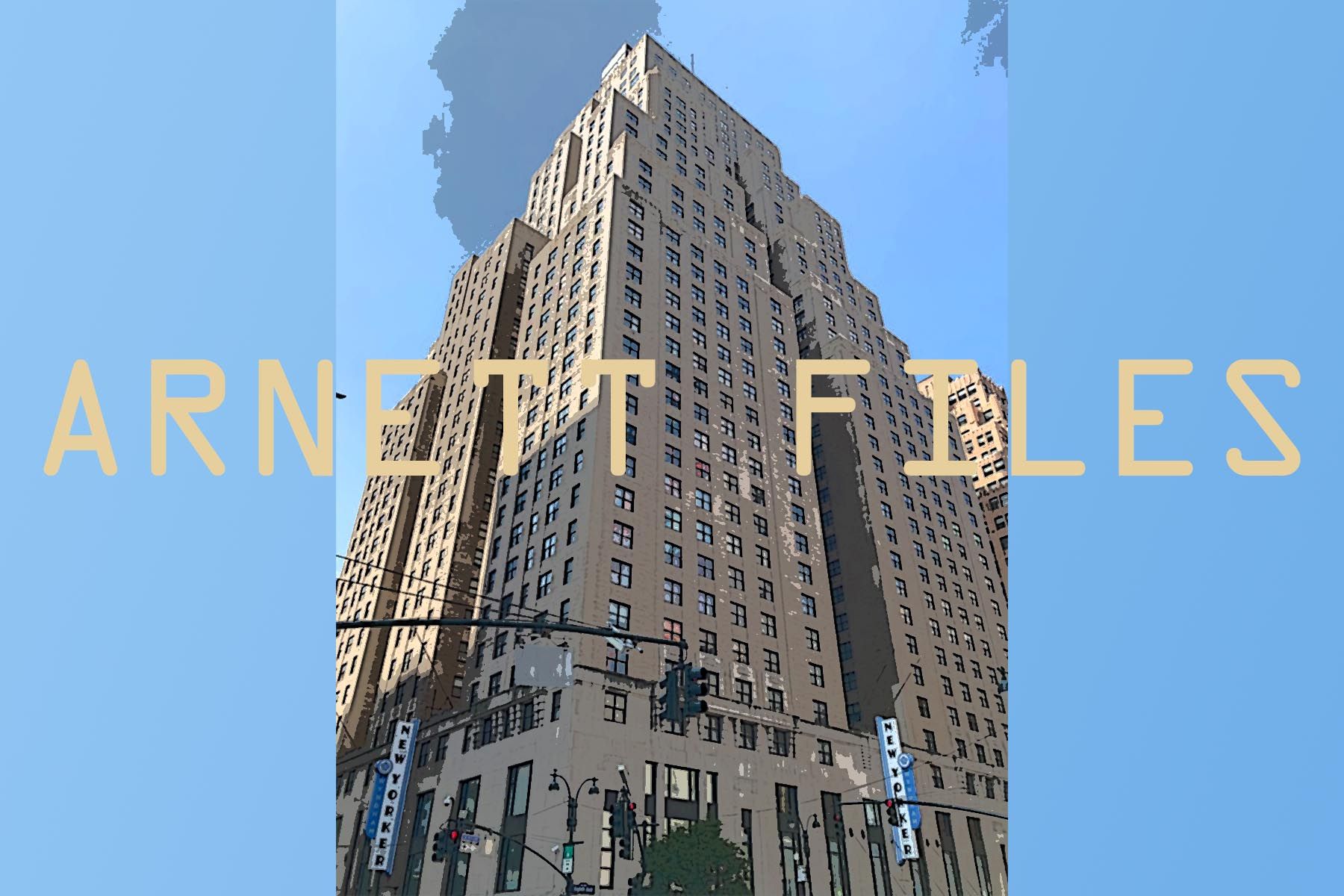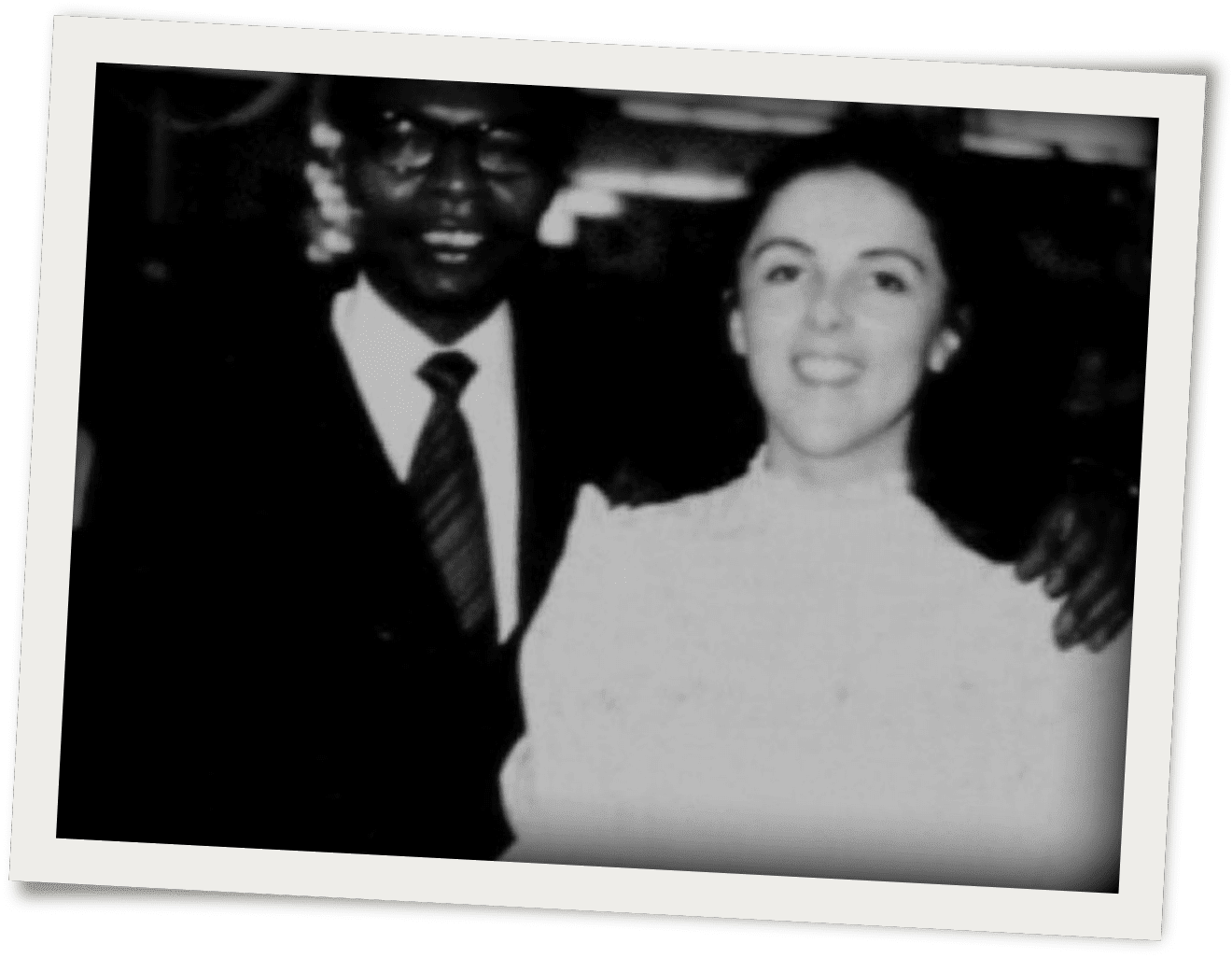Remembering Nikola Tesla On His Birthday Whilst Eating At A Diner In The New Yorker Hotel

It’s midnight and I’m at the Tick Tock Diner inside the New Yorker Hotel with agent S. Sophie S. It’s an auspicious occasion in some circles because at the stroke of midnight it will be July 10 and that signals the birthdate of one Nikola Tesla.
The namesake of Tesla is most associated by the hive mind with the car brand owned by Elon Musk but really, it should be linked to something more renowned, nothing less even than the scientific foundation of our modern society as we know and live it.
Yes I’ve been known to indulge in hyperbole on occasion but here is a severe understatement. Tesla invented wireless communication, AC current, patents for radio and the Tesla Coil and that is just for starters. The internet, cell phones and so much more are based on his work. Indeed the world would not look as it does today if it weren’t for this man.
Ah, but we’re here at the hotel. The famous New Yorker Hotel and really, right now, we want to bathe in that atmosphere. Let’s meditate on this iconic building for a moment.
First thing's first: this is where Nikola Tesla died.
Tesla lived in the New Yorker Hotel from 1934 until his death in 1943, on January 7th. Tesla had a penchant for luxury hotels and lived in them for the majority of his life, including the Waldorf-Astoria, Hotel St. Regis, Pennsylvania Hotel and others. But it is the New Yorker which was the most intimate to Tesla and as well, this unique edifice has a remarkable place in New York City history not to mention the world.

Now here is an interesting rumor that has been bandied about for some time and that is that Nikola Tesla wasn't only a resident of the hotel but was also the designer of the building itself and it was constructed according to his specifications.
That's something to chew on.
Sophie and I are chewing on an appetizer called Great Balls of Fire (crunchy mac and cheese balls with a Sriracha-ranch dip) and drinking iced coffee. There is a good crowd here at the Tick Tock Diner though the hour is late. A mix of tourists and 24-hour party people. As well, there appear to be some hotel guests who slipped out of their rooms for a midnight snack.
What makes this place so special?
The New Yorker Hotel opened its doors on January 30, 1930. At the time it was the largest and tallest hotel in New York, boasting 43 stories and 2,500 guest rooms. This monstrosity covered 10,400,000 cubic feet of enclosed space above ground and an additional 2,000,000 cubic feet below ground. The construction cost $22,500,000, making it the most expensive hotel project of its time.
The hotel was distinguished for its self-sufficiency. It had its own electrical power, heating, cooling, and ventilation systems, capable of serving up to 3,500 guests and 30,000 daily visitors. These facilities were distributed across four subbasements and various above-ground areas.
The Hotel New Yorker was not just a place to stay; it was a self-contained world that catered to the diverse needs of its guests. In addition to its exceptional amenities, it even had its own hospital. This "vertical village" provided a luxurious and convenient experience, offering a city within a city.
The hotel's electrical power was supplied by a combination of steam-driven engines and a diesel engine. With a total capacity of 2,575 kW, this power system provided ample electricity for the hotel's operations, including lighting, various services, and even extending to adjacent buildings. The hotel operated on Direct Current until around 1965 when it transitioned to Alternating Current.

To ensure a top-notch experience, the hotel employed a staff of 2,000 individuals who provided guest services, dining experiences, and banquet arrangements. Its prime location at the intersection of 8th Avenue and 34th Street, across from Madison Square Garden and near the Empire State Building, made it even more desirable.
The New Yorker Hotel stood as a symbol of grandeur and innovation, offering unparalleled luxury, self-sufficiency, and convenience to its guests.
There is a story on Nikola Tesla trending on my news feed by The New York Post titled: “Today was Nikola Tesla’s birthday: ‘Keen interest in nature.’” It contains the typical gibberish that has been bandied about for the past century, if Tesla is not being outright ignored or just simply written out of the history books. Do you remember learning about Tesla in grade school? I didn’t think so.
Invariably these stories insinuate Tesla was losing his grip on sanity, the article claiming, "In his later years, he reportedly became rather eccentric and had a fixation on the pigeons that lived near his hotel."
And always, the portrait of a broken and desperate man given: "Despite his lasting impact on electricity as we know it, Tesla himself died in debt and alone on Jan. 7, 1943, in the hotel room where he lived."
Such a sad and cautionary character from the annals of history, right? Hardly.
Sure, the man had financial challenges but he was dealing with visions and projects that where costing upwards into the billions of dollars. The power and reach of his inventions were so great that indeed, he had to be marginalized by an establishment that had different designs on how this new technology should be utilized.
Upon his death, all manner of unusual protocol and spooks descended upon Tesla's hotel room. We're going to examine this strange series of events and see just how weird this story gets.
On 7th January 1943, at the age of 86, Nikola Tesla passed away alone in Room 3327 of the Hotel New Yorker. The discovery of his lifeless body was made by maid Alice Monaghan, who disregarded the "do not disturb" sign that Tesla had placed on his door two days earlier. Assistant medical examiner H.W. Wembley conducted an examination and determined that the cause of death was coronary thrombosis, commonly known as a heart attack.

Shortly thereafter, the Federal Bureau of Investigation (FBI) instructed the Alien Property Custodian to seize Tesla's belongings. A renowned electrical engineer and professor at M.I.T., John G. Trump, was called upon to analyze the items. Trump was also serving as a technical aide to the National Defense Research Committee at the time. Following a thorough three-day investigation, Trump's report concluded that none of Tesla's belongings posed a threat if they were to fall into the wrong hands.
Within a box that purportedly contained a component of Tesla's "death ray," Trump discovered a 45-year-old multi-decades resistance box.
In his assessment, Trump stated, "Tesla's thoughts and efforts during at least the past 15 years were primarily speculative, philosophical, and somewhat promotional in nature, often focusing on the production and wireless transmission of power. However, they did not include any new, practical principles or methods for achieving such outcomes."
Many who have researched the matter believe that Trump was not being totally forthcoming about what in fact he did and did not find in his investigations. For instance, there were purportedly 80 cases of Tesla files on the premises but only 60 were accounted for in the documentation. What happened to the other 20 boxes?
Now here is one of those weird quirks of history: John G. Trump it turns out was in fact the uncle of our 43rd President, Donald Trump.

In another unusual case of coincidence or, if you will, synchronicity, Barack Obama Sr., father of the our 42nd President, arrived in New York for the first time in 1959 and stayed at, you guessed it, the New Yorker Hotel. It was also in that year that he married Ann Durham, mother of Barack Obama.
And though the hotel had long passed its hey day, the transition of power between President Barack Obama and President Donald Trump effectively took place in the New Yorker Hotel on November 9, 2016 when Hillary Clinton delivered her concession speech in the hotel's Grand Ballroom.
There's enough Fortean weirdness here to power a small city. This is going to require some unpacking.

Andrew Kim Arnett is a writer, researcher and producer. His work covers the paranormal, drug wars and unexplained mysteries. He has been published in Paranoia Magazine, New Dawn, Nexus, Konbini and Alien Buddha Press. Andrew Arnett appears on Travel Channel’s Worlds Most Unexplained (currently streaming on Discovery +) discussing the Cecil Hotel, alien abduction, the death of Elvis Presley and much more. He lives in Brooklyn, NY and hunts ghosts with the Brooklyn Paranormal Society. Find him on Twitter: @AndrewArnett